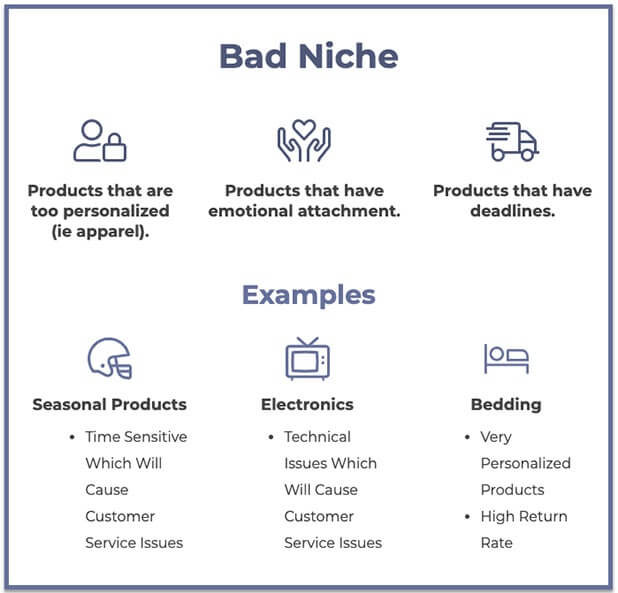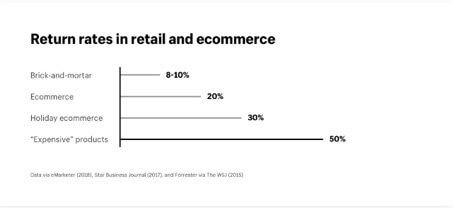Dropshipping Pricing – Ultimate Strategies to Boost Your Revenue
Dropshipping is a booming sub-vertical in the e-commerce industry which has attracted great business opportunities for many people and the reason is that it has a very low overhead cost. For those who don’t know what dropshipping is, it’s basically the selling of goods to consumers without having stock. And it is pretty easy to start where a drop shipper finds suppliers of products that they want to sell in their store and work with a fulfillment company to distribute them to its purchasers. The hard part is marketing the products and racing with hundreds of competitors to stand out.
Dropshipping enables merchants to try out their chances because there is a lower risk of losing money. It’s a great substitute for warehouse expenses and inventory management difficulties.
There are many strategies in various areas for boosting your dropshipping store’s performance. However, pricing is one of the most underlooked ones. Even if you ship perfect and high demand products, if you don’t have a solid pricing strategy, your business won’t reach the profitable zone and then it’ll be very hard to grow your business.
While making pricing decisions you need to consider,
- How much does it cost you to run your business?
- How much does it cost you to purchase your products?
- How much does it cost you to market your products?
- Additional risky costs such as returns and refunds.
So, let’s take a close look at some essential dropshipping aspects to look at before moving on to pricing strategies.
Dropshipping Factors
Product
Before determining a pricing strategy, you need to choose your industry because each industry has different demand and needs which affects every aspect of your dropshipping business. As an example let’s compare electronics to household decorations.
This essential for success. Start choosing products via checking retail giants’ best selling products. After checking on eBay, Amazon, Wallmart or the others for popular products you can focus on less-popular goods with powerful niches.
Don’t forget, you need to identify your target market before choosing your product, even if your product is very profitable in various markets, it may not fit. That’s why you need to evaluate your products objectively. Are you ready to choose your product and see what makes a niche good or bad? Let’s take a look!


Shipping
The name says it all. Dropshipping. So shipping is one of the main pillars of your business when determining your strategies. In dropshipping what you’re selling usually travels around the world to reach the hands of your customer. Keep in mind that this process might take one to two weeks.
Because of the high consumer expectations these days, the long shipping process might be very frustrating for shoppers. However, advantageous prices can be a great tradeoff to persuade customers. By default, nobody wants to pay for shipping anymore. So many businesses add the shipping cost to their product and offer free shipping. And yes, this psychological tactic still works in decision making.
As a dropshipper, if you can have a deal with suppliers with no shipping cost it will place you in an advantageous position and this will help you increase your profit margins.
Returns and Refunds
Returns are a very important factor for the e-commerce industry. Especially at dropshipping, sellers have limited control about the condition and quality of the product. Eventually, your ultimate goal is to have zero to decreasing returns.
You need to have a transparent return and refund policy so there is no confusion if a customer wants to return the product.
Every return brings the extra cost to you, so you need to look at the statistics below to consider adding it as a percentage on price.

Competitors
The popularity of the dropshipping business model increases competition incrementally. It’s a necessity to have a price tracking website to make sure you’re not pricing your products out of your market.
86% of customers say it’s important to compare prices from different sellers. You have tons of competitive around the globe, you need to be pro-active in terms of pricing strategy to boost your sales.

If you don’t know who is selling similar products at what price, you’re probably going to leave a lot of money on the table.
Profit
Calculating dropshipping profit is very similar to cost-plus pricing where you determine your sales price by adding it up with overhead, shipping, refund & return risk, website hosting & maintenance, and marketing costs, etc.
It doesn’t mean that setting higher prices bring better profits though. This can be true for some industries like luxury or premium but most of the dropshipping industry have thinner margins.
Because of the limitations to profits margins, successful businesses in the industry experiment with many pricing strategies and models.
Now that we know the factors influencing our prices, let’s move forward with pricing strategies.
Dropshipping Pricing Strategies
Fixed Markup on Cost
This strategy is based on adding a pre-set profit margin to the cost of your goods. You can use a fixed X amount/percentage of markup added to the cost of your unit purchasing. If your products have a very low cost the percentage markup might not work ideally for you.
For example, if most of your products are around $5 and you decide to use a 10% markup, you’ll only get $0.50 from each product. However, if you’ll set an amount of dollar as markup such as $2 your profit margin will be much higher compared to percentage markup.
Tiered Markup on Cost
This is suitable for the drop shipper who is marketing different products ranging from cheap to expensive prices. It basically is a strategic method of making money from low dollar items without pricing them too high.
This approach is based on applying higher markups to low price items, and lower markups to the high priced ones.
For example,
- 50% markup for the items under $15.
- And a 10% markup for the items over $500.
The image we want to project here makes lower priced items more profitable to sell.
Manufacturer Suggested Retail Price (MSRP)
Smaller dropshipping stores generally use MSRP to price their products because they don’t want to violate supplier relationships and getting into pricing wars.
This strategy is usually played in a safe zone where you don’t compete with the crowd. Don’t expect to get huge profits out of this strategy but you won’t get any headaches from external factors.
Markdown for MSRP is a commonly used strategy that also contains the possibility of discounting. If the MSRP is $100 and you’re offering a 10% discount, it may bring you an advantage against your competitors. This will decrease your profit per product but you can sell more.
Psychological Pricing
We all know that using prices such as $9.99 affects customers’ perception and they seem cheaper than $10. This perception is called “the left-digit effect in price cognition.” It is assumed that this effect increased the conversion rates for price-sensitive consumers.
For example, a $0.01 difference on the prices of $49.99 and $50.00 doesn’t matter when you think about it logically. And in fact, you wouldn’t pick a penny if you’d dropped it on the floor. However, you can experiment with this and see if that changes your conversion rates.
Product/Category/Brand Specific Pricing
Some individual products, categories, or brands can have a higher demand than others and maximize your website traffic and conversions. Many resellers select from 10-50 items or so to feature and promote and platforms have a “featured product” option. You can create many opportunities when you utilize a specific price setting for different segments of items.
You do not need to price every product on your store with a 3% margin, but for those items displaying in different segments, you can have much more competitive prices to make a great first impression. For the price-conscious consumer, after saving a lot from purchasing your website, they can be a long term customer to increase CLTV.
Takeaways
Dropshipping is a constantly changing environment. There are variables that affect the market, such as suppliers, logistics, competitors, and consumers.
This model enables you to focus more on pricing experiments rather than spending time on operational energy so we recommend you to systematically approach this to increase revenue.
And remember, you can always talk to your supplier and ask for their opinions about how to implement your pricing strategy. They might have a lot of experience and their recommendations based on other resellers can take you one step further than others.

























